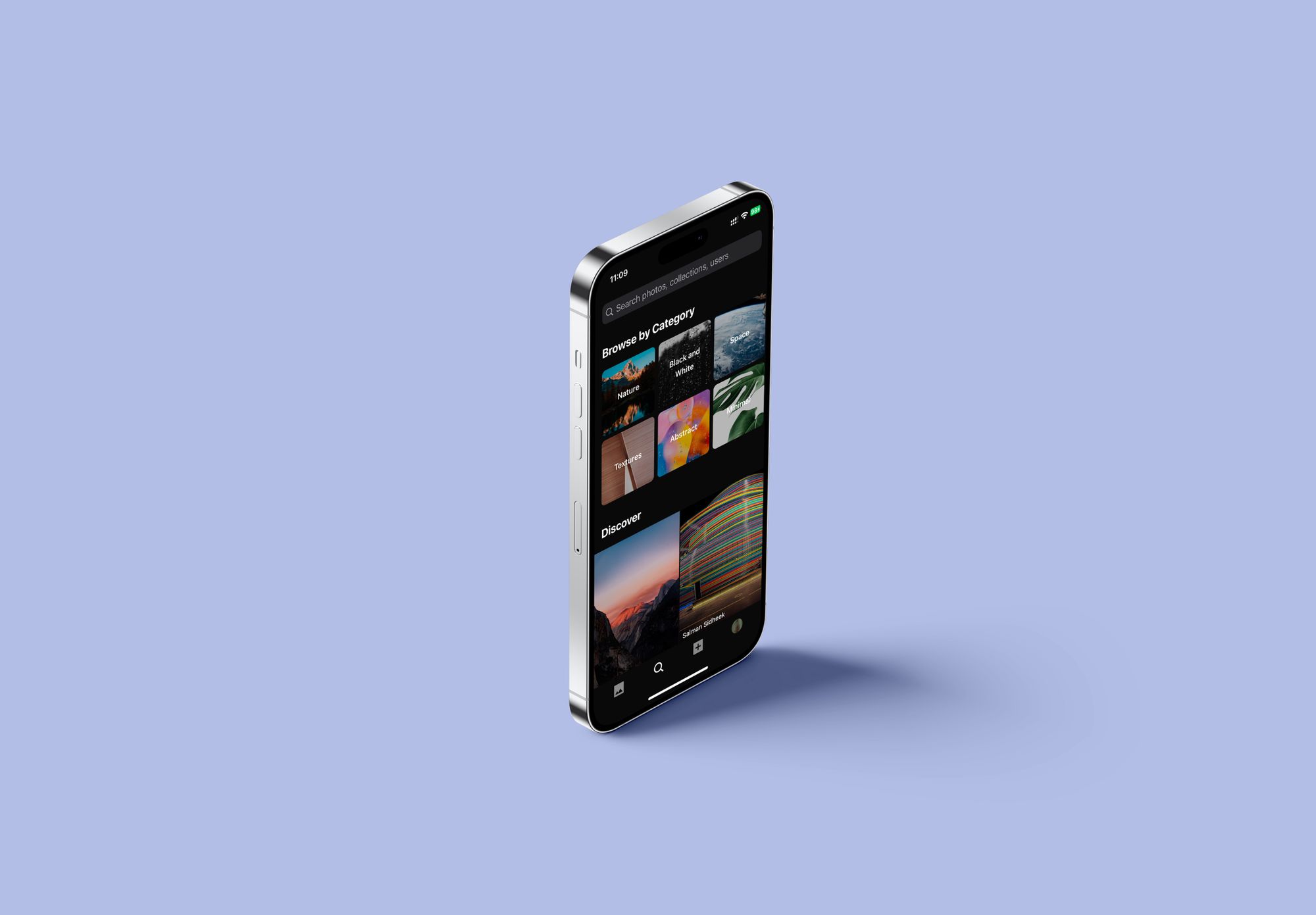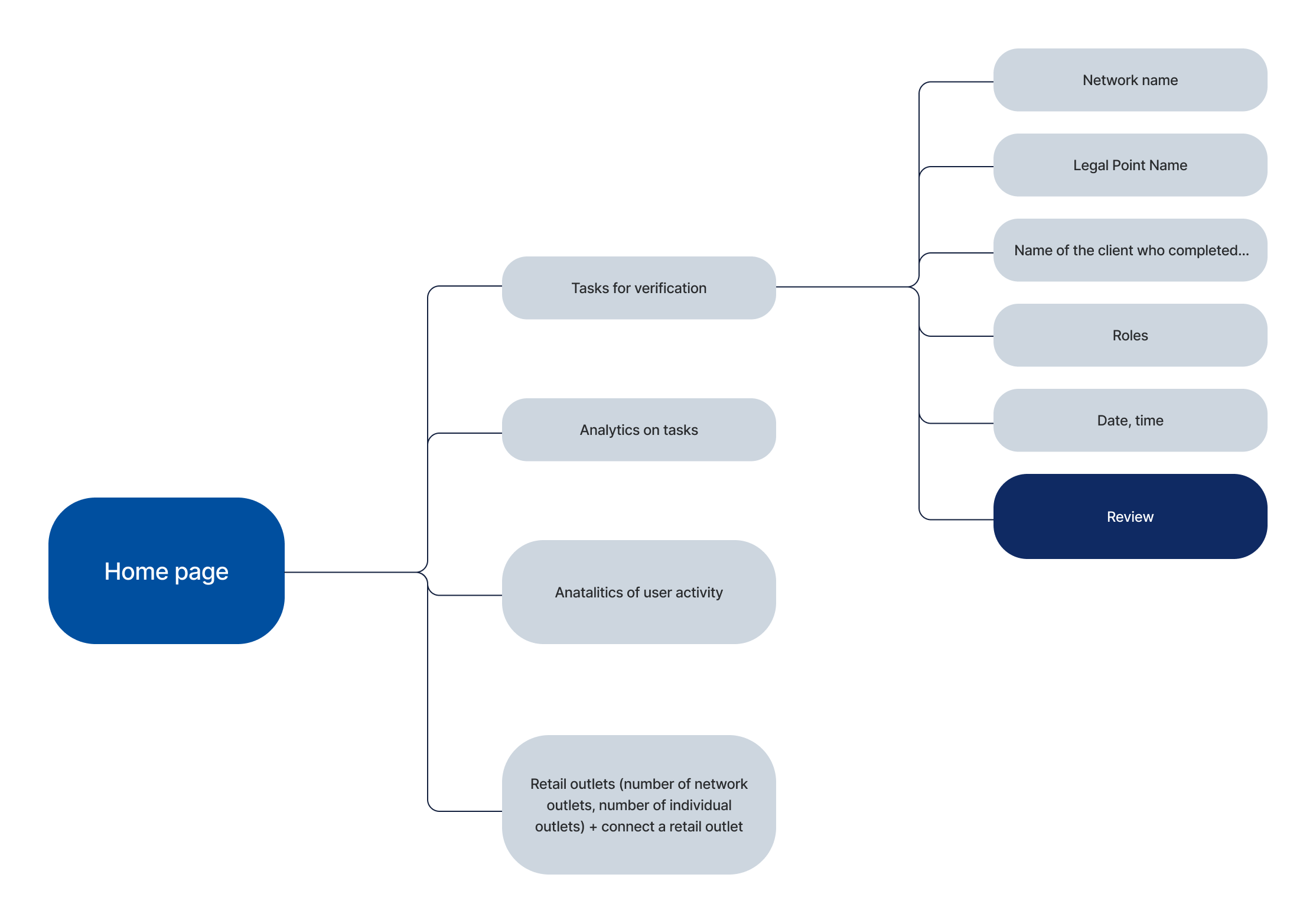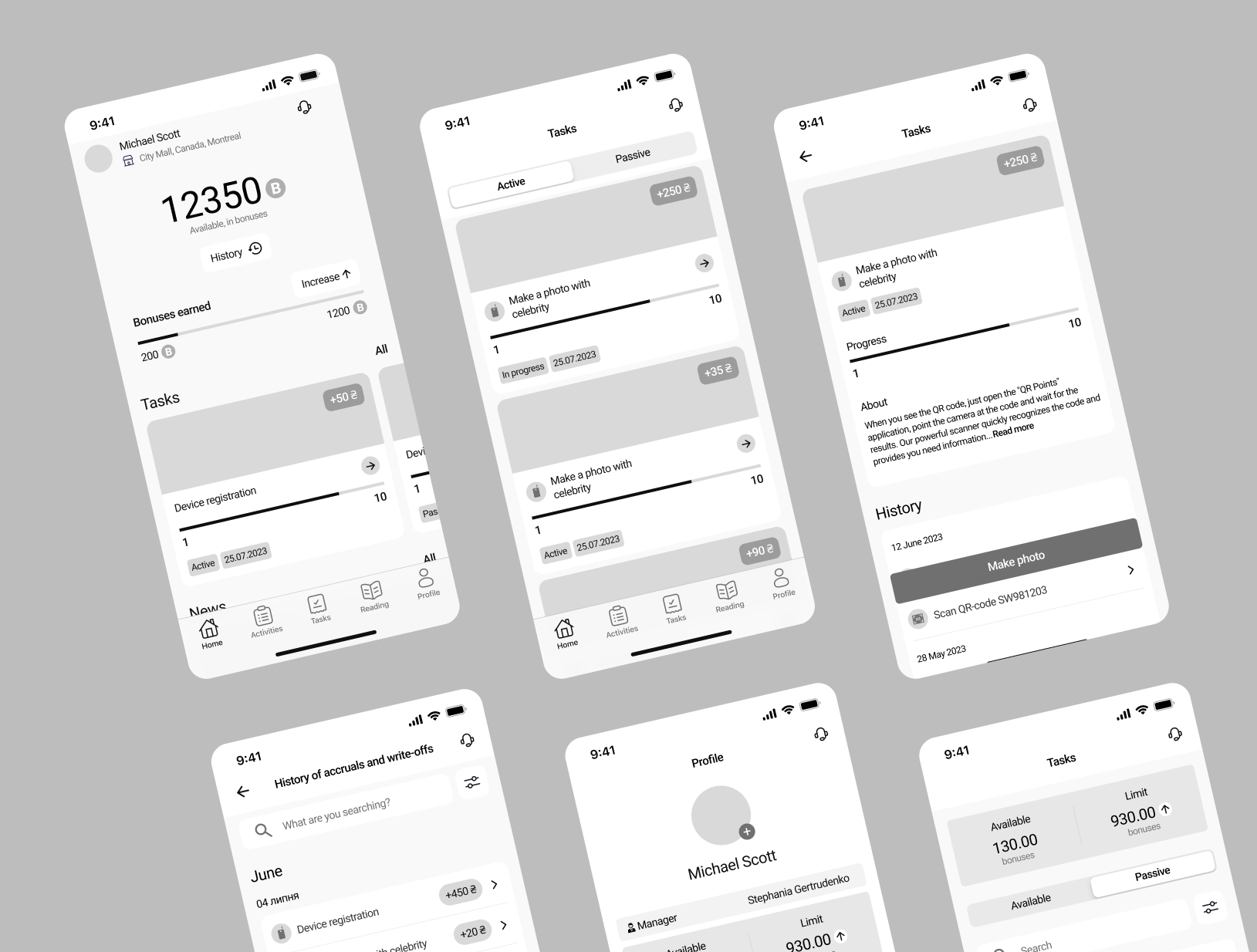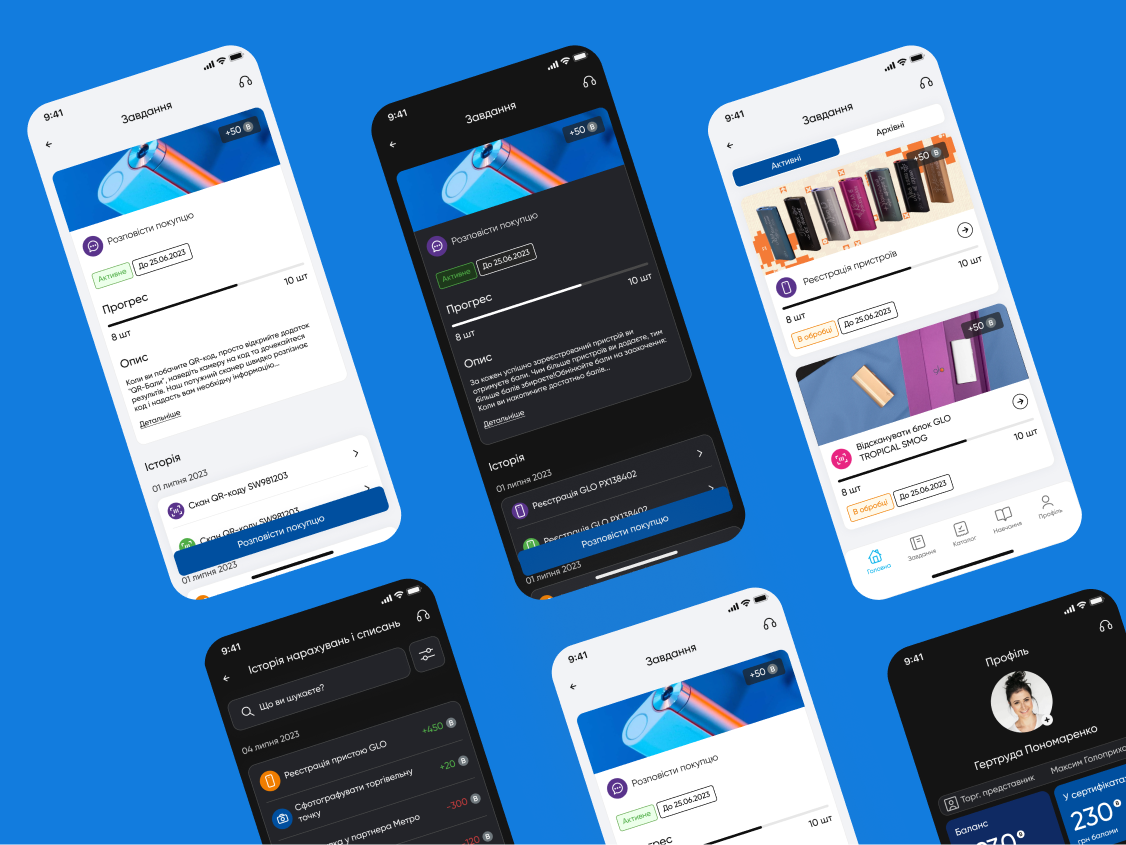Outsourcing
Guide to Product Discovery Workshop

It's crucial for a team to fully grasp the product vision right from the start. This ensures that everyone is on the same page, working towards the same goal. That's exactly what a product discovery workshop is designed to do. It's an opportunity to dig in, ask questions, and gather all the information needed to kick off a successful partnership.
A product discovery workshop is a crucial initial step in the product development process to align product goals, user needs, and software requirements. Discovery workshops help set the stage for product success by ensuring everyone shares the same vision early on. They provide a focus for downstream work and help prevent misalignment issues from derailing product efforts later.
Discovery workshops are particularly important for new products or major enhancements to existing products. They create space to step back and deeply understand user problems before jumping into solutions. This upfront exploration and alignment reduces risk and rework down the line.
Overall, discovery workshops power effective product development by getting the right people on the same page. When done well, they provide the strong foundation needed to build successful products that delight users.
What is a Product Discovery Workshop?
A product discovery workshop, also known as a design sprint, is a time-boxed collaborative session focused on answering critical business questions through rapid design iteration and user feedback.
The goal is to quickly align stakeholders on a shared vision of the product, gain insight into customer needs and pain points, explore potential solutions, and validate product direction through quick prototyping and hypothesis testing. It is an intensive process that brings together various team members to immerse themselves in the problem space and emerge with actionable next steps in the product development process.
Discovery workshops last up to several weeks and involve cross-functional participation from product managers, designers, developers, stakeholders, and users. The structured agenda guides participants through key activities like defining the problem and opportunity, developing user personas, ideating solutions, creating prototypes, gathering feedback, and synthesizing learnings. The hands-on, experimental nature allows assumptions to be validated before significant development investments are made.
In short, a discovery workshop is a tactical way for product teams to rapidly explore ideas, collect insights from users, align on strategic vision, and gain confidence in the product direction - all within a compressed timeframe. The intensive collaboration, visualization techniques, and bias towards action make discovery workshops an effective tool for reducing risk and accelerating development cycles.
Key Objectives and Benefits
The main goals of a product discovery workshop are:
- Map the user journey - Through exercises like user journey mapping, the current user experience is outlined from end to end so pain points can be identified.
- Define the MVP feature set - The core features and functionality for an initial minimum viable product (MVP) are defined based on business goals and user needs.
- Create mockups and prototypes - Wireframes, mockups, or basic prototypes are created to visualize potential solutions and test key user flows.
- Prioritize features - Features are prioritized based on business value, user value, and development effort so the team understands what's most important for the MVP.
- Develop a product roadmap - A phased roadmap is outlined to launch the MVP and eventually expand the product with additional features.
- Kickstart the product design process - The workshop jumpstarts the product design and development process so teams can immediately start executing the product vision.
Some key benefits of holding a discovery workshop include:
- Gathering user and market insights to inform the product direction
- Quickly validating initial ideas and assumptions
- Defining the scope and reducing ambiguity
- Saving time and resources by addressing misalignment early
The discovery workshop marks the critical transition from idea to execution. It transitions the product from a concept to a concrete initiative with alignment, priorities, and a roadmap. The output becomes the blueprint that guides all subsequent product development work.
Discovery Workshop Steps
Set clear goals and define your desired outcomes
Before you start planning a product discovery workshop, it's essential to establish clear objectives and identify what you want to achieve. This will guide your workshop and keep it on track, ensuring productivity.
Defining these objectives upfront also helps in framing the workshop's agenda. It's important that everyone participating in the workshop understands these goals - this will greatly enhance its effectiveness.
Remember, though, that this doesn't imply rigidity. Some modifications in your goals and outcomes might occur during the workshop, particularly after brainstorming and creative thinking sessions.
However, your core objectives and outcomes must remain consistent.
Nevertheless, it's essential that you also define your desired outcomes.
Outcomes refer to the impact created through your outputs, such as modified user behaviors or resolved user problems.
For instance, let's assume you're conducting a UI/UX design discovery workshop.
A straightforward set of objectives (and outputs) might encompass:
- Creating wireframes for your main screens
- Developing user flows
- Constructing user journeys
Here is an example of user flows.

Your outcomes might be:
- Creating a basis for your product’s design
- Identifying and solving your users' challenges
- Identifying and mitigating friction in your product’s user experience (UX)

Upon setting clear goals and defining your expected outcomes, you can then proceed to the subsequent planning stage of your discovery workshop.
Involve relevant participants in the workshop
The goal is to bring together participants who possess diverse perspectives and expertise. This approach ensures you acquire comprehensive and practical insights throughout the workshop.
Primarily, the number of workshop participants will depend on your product's complexity. For particularly complex discoveries, consider involving numerous designers or engineers.
We implement the product trio model, assigning the crucial roles of product discovery to:
- Product Manager
- UX/UI Designer
- Solution Architect
Usually, a discovery workshop includes between 4 and 7 participants. Although the specific participants in your discovery workshop may vary, they must form a cross-functional team. Such a cross-functional discovery team will foster diverse viewpoints during the workshop, aiding in the development of a superior product.
Stick to a structured agenda during the workshop
As mentioned earlier, the activities performed during your workshop will depend heavily on the workshop's focus and your product's complexity. Moreover, the time spent on these activities will also be determined by the product's complexity and the number of people involved in the process.
Take for instance, if you're designing a user flow for a multifaceted fintech app with numerous screens, it would take significantly more time compared to crafting one for a basic messaging app.
Let's assume that you're fresh into the product discovery phase and are venturing into a new market. Your priority would be first, to validate your product idea and second, to familiarize yourself with the new market.
In this scenario, your discovery workshop agenda could potentially look like this:
- Creating a business model canvas
- Outlining your product development's cost structure
- Undertaking market research
- Establishing the product vision
- Debating the technical feasibility of your product
Prioritizing features for your minimum viable product (MVP) development
Follow-up and implement workshop outcomes
Once your workshop concludes, it's beneficial to have a brief debriefing session with all of the participants.
This provides a platform where anyone can seek clarification on any ambiguities, and you can also ensure that each participant grasps the outcomes of the workshop.
Simultaneously, it's an incredible opportunity for gathering feedback on the workshop and pinpointing areas needing enhancement.
When everyone comprehensively grasps the workshop outcomes, your subsequent move is orchestrating the next stage of your product discovery and strategizing the implementation of the attained outcomes.
For instance, should you have conducted a workshop aimed at validating your product concept, you'll be in an advantageous position to articulate the scope of your product and your MVP.
Alternatively, if your workshop had a design emphasis, you can utilize the output to further enhance your product's design.
Thus, if wireframes and user flows were created during the workshop, your subsequent move might be developing mockups and prototypes.

Additionally, you should integrate all the generated deliverables into your product discovery roadmap. For instance, the user journeys you've produced can be assimilated into your user research activities.
Regardless of the specific details, it's crucial to incorporate the results of your discovery workshop throughout the rest of your product discovery procedure.
When Should You Hold a Discovery Workshop?
There are a few key moments when it makes sense to hold a discovery workshop during the product development process.
- Early Research Phase: Holding a workshop early on allows you to align stakeholders on the problem you're solving, key assumptions to validate, and the overall opportunity. This helps set the vision and goals for discovery.
- After Initial Research: Once the team has conducted some initial customer investigations, usability tests, and competitor analysis, it's helpful to hold a workshop to analyze findings, map user journeys, and start framing potential solutions.
- Concept Phase: A workshop where you generate solution concepts and ideas is useful once research gives you an understanding of user needs. Brainstorming as a team leads to creative concepts informed by research insights.
- Before Development Begins: Right before moving from discovery into design and development is a critical point for alignment. Hold a final workshop to get buy-in on proposed solutions before major investment in the building begins.
- During Development: If progress uncovers new insights about the users or product direction, it may be useful to hold additional workshops with key stakeholders to course-correct.
The most important times are at the beginning to align on goals, after initial research to analyze findings, and right before building to gain consensus. Workshops ensure you start focusing on the right problems and maintain alignment when moving into execution.
Why Is Product Discovery Workshop Important?
Discovery workshops are for companies attempting to develop or redesign a product, service, or feature especially if they are unsure of the users' needs. Bringing together these diverse stakeholders early in the product development process ensures everyone understands the users and works towards creating solutions for them. Without this alignment, teams risk building something users don't want. The workshop prevents this.
- Discovery workshop ensures alignment between stakeholders on the product vision and strategy from the start. Getting everyone on the same page early on helps prevent misalignment down the road.
- Discovery workshop validates assumptions and ideas with real users. It includes user research activities like interviews and usability tests to gather insights directly from target users. This reduces risk by validating product direction with user feedback.
- Discovery workshop facilitates collaboration between cross-functional teams. Designers, developers, product managers, and other roles all contribute their perspectives in a discovery workshop. This collaboration brings diverse viewpoints together to shape a shared understanding of the user and product.
- Discovery workshop informs the product roadmap and strategy. The insights gathered during discovery provide direction for the product roadmap and long-term strategy. The workshop equips the product team with the knowledge to make strategic decisions.
- Discovery workshop allows problems to be solved early, surfacing potential UX issues, technical challenges, and other problems early so they can be addressed proactively before launch.
- It saves time and money in the long run. Although discovery requires an upfront investment, it prevents costly rework down the road that results from building the wrong features or misaligned priorities.
Frequently Asked Questions to Be Solved with Discovery Workshop
Discovery workshops are ideal for gathering information that can help you solve problems, make better decisions, and communicate more effectively with your team. However, they can be a little daunting if you’re unfamiliar with the process. Here are some common questions to be solved with discovery workshops.
Strategic
- What problem are we trying to solve?
- Who is the target user and what are their needs?
- How does this fit into the overall product strategy and roadmap?
- What are the key features and functionality we should focus on?
- What are the business objectives and key results we're aiming for?
User-centered
- Who are the target users and what do we know about them?
- What user research has been done already?
- What are the key user personas we should design for?
- How can we make the user experience intuitive and frictionless?
- How will we measure and test the UX with real users?
Visual Appeal
- What is the overall visual brand and style we should use?
- What colors, fonts, and icons align with our brand?
- How can we make the design visually engaging and consistent?
- What interactions and animations can we add to enhance the experience?
- How will the design adapt responsively across device sizes?
Miscellaneous
- What is the budget, timeline, and launch date?
- What are the technical constraints and feasibility?
- How will development, QA, and launch be managed?
- What risks do we need to plan for?
- What third-party services or APIs will be needed?
Deliverables of a Product Discovery Workshop
A product discovery workshop results in the following key deliverables that guide the product roadmap and strategy.
- User Personas - Well-researched user personas that represent the different user segments for the product. Clearly defines their needs, goals, behaviors, and pain points.
- User Journeys - Maps the step-by-step process users go through to accomplish key tasks and goals with the product. Highlights pain points and opportunities.
- Prioritized Features List - Features, functionality, and enhancements ranked in order of importance to users. Focuses on what will maximize value.
- Product Vision - An aspirational view of the future product that seeks to delight users. Guides strategy and decision-making.
- UX Guidelines - Best practices for intuitive navigation, interface layouts, visual design, content structure, and building trust.
- Rough Product Roadmap - A high-level view of the product strategy and major milestones for launching an MVP and future iterations. Outlines the path.
- Next Steps - An action plan for what needs to be accomplished next to advance towards the product vision. Removes ambiguity.
The outputs provide alignment between users, business stakeholders, and the product team on the vision, strategy, priorities, requirements, and path forward for bringing a successful product to market.
Summing Up
In summary, a discovery workshop is a crucial initial phase in the product development process that brings together key stakeholders to align on strategic objectives, understand users, define product vision, and create a roadmap.
The key goals of a discovery workshop are to:
- Gain alignment on business and user goals
- Understand user needs through research and feedback
- Envision the end product experience and functionality
- Prioritize features and create a phased roadmap
- Foster cross-functional collaboration and buy-in
The output of a productive workshop typically includes a product vision statement, detailed user personas, insightful user journey maps, wireframes and prototypes for added clarity, and a roadmap prioritizing important tasks and features. Such a discovery workshop provides the preliminary groundwork necessary for creating products that successfully satisfy both business aims and user needs.
